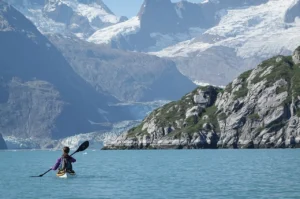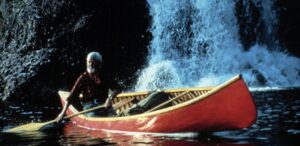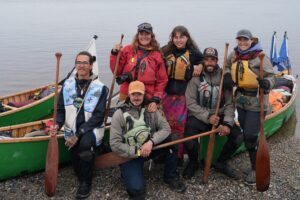Last month, Pascal Smyth completed a 2,202km kayak journey from Canada to Alaska. Smyth, 35, set off from Vancouver on May 1 and reached the coastal city of Skagway on July 18. The wilderness journey took 72 days, including 15 days on shore, either resting or windbound. That averages 38km a day when on the water.
Smyth’s route followed the Inside Passage, a network of largely protected waterways stretching up the Pacific Northwest coast. “The Inside Passage is, by its very nature, quite a sheltered route,” Smyth explained. “There are some areas where exposure to the might of the Pacific is unavoidable.”
For the British Columbia resident, this initially meant navigating from the calm waters behind Vancouver Island to the open coast around Cape Caution, which left him vulnerable to the Pacific. Yet, once past this exposure, he regained some protection from the open ocean.
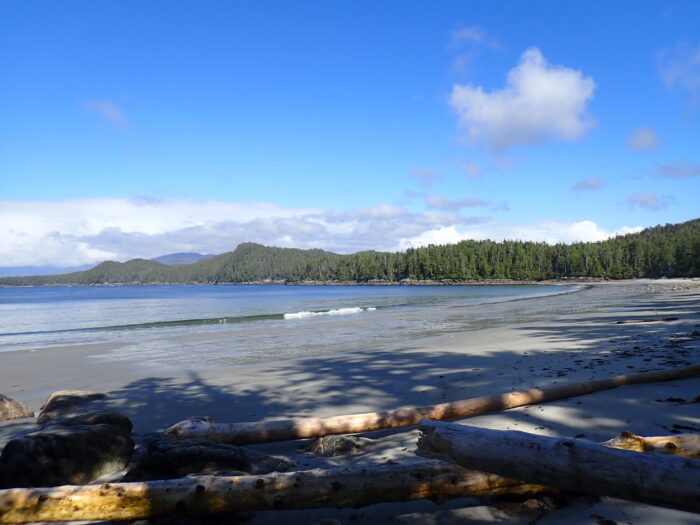
One of the idyllic beach landings en route. Photo: Pascal Smyth
While he had a background in hiking and camping, Smyth’s kayaking experience was more limited. He started paddling in 2018 and quickly immersed himself in the sport.
“I dove into paddling pretty intensely, becoming a Sea Kayak Guides Alliance of BC certified guide at the start of COVID, and have since gotten my Paddle Canada Level 3 certification,” he said.

The Inside Passage. Image: Wikipedia
Harnessing the wind
The unpredictable weather was one of the main challenges. For much of his journey, he was fortunate to encounter sunny days and favorable southeast winds. To take full advantage of these conditions, he brought along a Falcon Sail, a lightweight rig that stows easily when not in use. “I was able to use it often, which was a great help on longer days,” he said. Still, some stretches were more demanding than others.
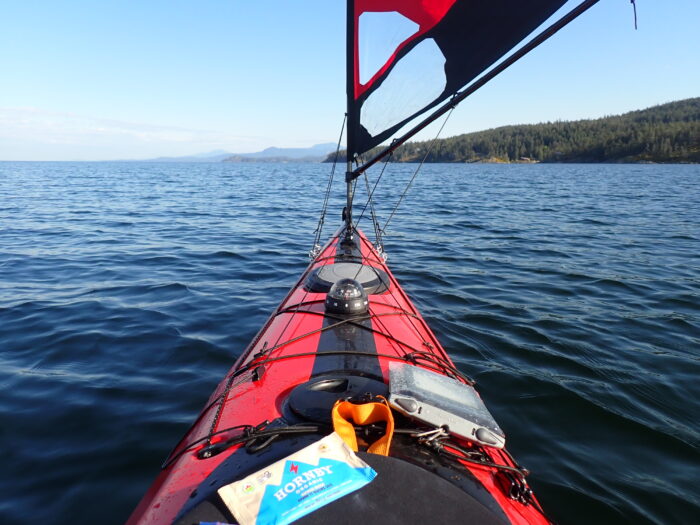
The sail. Photo: Pascal Smyth
“I had to wait a few days of bad wind just out of Port Hardy before racing across Queen Charlotte Strait,” he recalled. “Once I reached Burnett Bay, I spent a few more days waiting for the next weather window. While on the beach at Burnett Bay, I got to enjoy the sight of a gale bringing huge swells crashing upon the beach. I was happy to look at those big waves from the safety of shore, and was appreciative that my landing and launch were both in waves of one meter or less.”
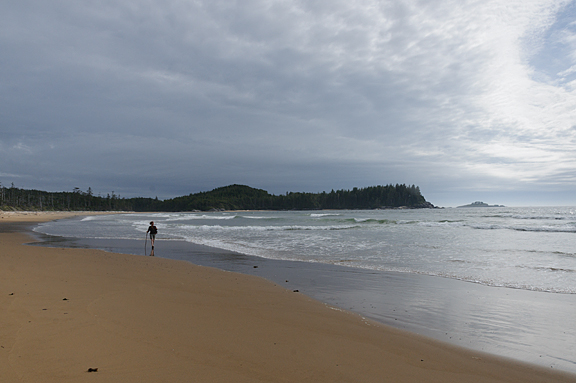
Burnett Bay: an easy place to be windbound. Photo: Jerry Kobalenko
Even when he wasn’t paddling, Smyth was immersed in the beauty of the coast. “Southeast Alaska, particularly Glacier Bay, was absolutely gorgeous,” he said. “Paddling through icebergs to look at glaciers, all the while hearing the sounds of humpbacks feeding all around, is a pretty unique experience.”
Smyth also encountered a pod of orcas on the central coast.
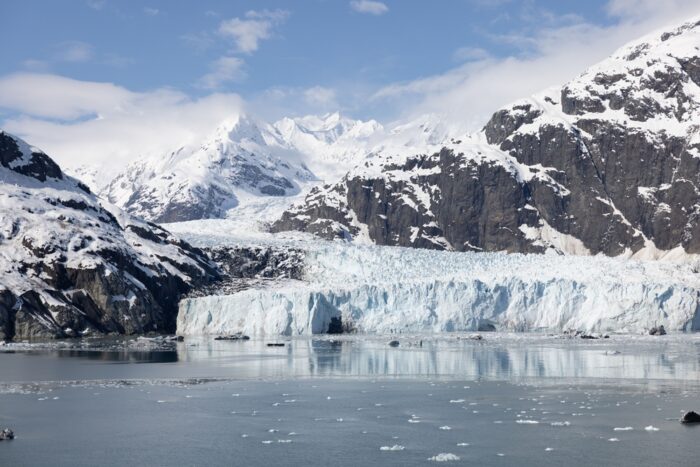
Glacier Bay, Alaska. Photo: Shutterstock
A journey through history
But the landscape was only one part of the experience. The coast is steeped in a rich history, from Tlingit petroglyphs etched into the stones near Wrangell to remnants of old industrial sites along the British Columbia coast.
“My favorite, though, has to be the cabin at Burnett Bay, which was constructed from driftwood by a paddler many decades ago,” Smyth reflected. “It’s been maintained by visitors throughout the year, and flipping through the logbooks revealed many familiar names.”
As Smyth continued his journey, the history of the land continued to unfold. One particularly memorable moment occurred on Admiralty Island, known for its high population of brown bears.
“One day, I saw a huge male grizzly, then two separate groups of mothers with two cubs each. All within about an hour of getting to camp,” he recalled.
To feel safe with wildlife nearby, Smyth set up a portable electric fence. “You can be sure I used it that night.”
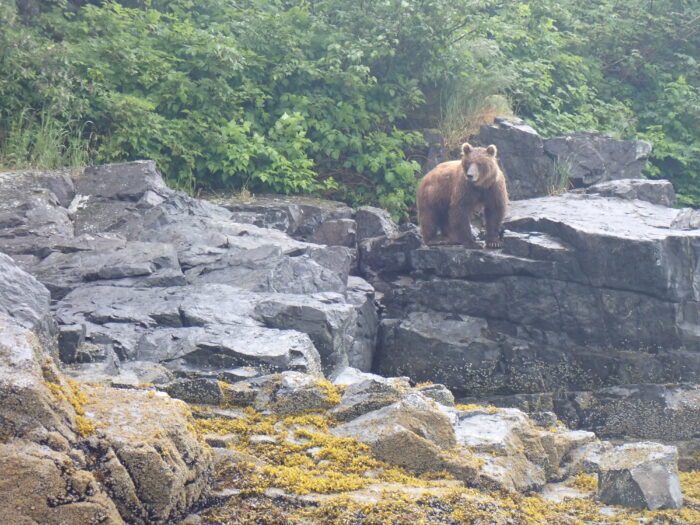
One of the bears Smyth spotted. Photo: Pascal Smyth
The planning behind the paddle
Now that he’s back home in British Columbia, Smyth is already dreaming of the next journey. “Perhaps the south coast of Newfoundland, or maybe Haida Gwaii. Circumnavigating Vancouver Island is another classic. So many to consider!”


